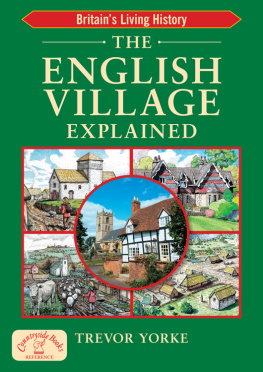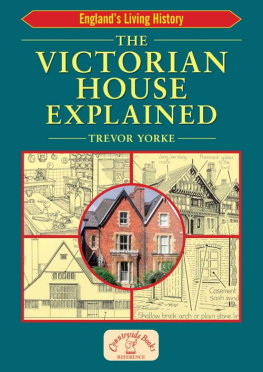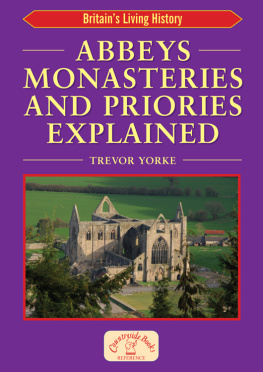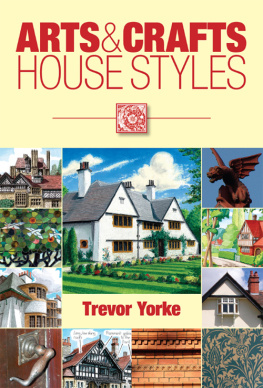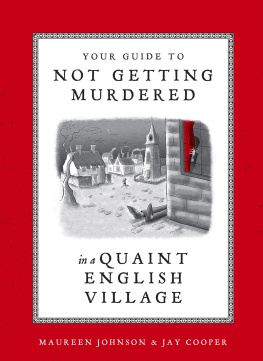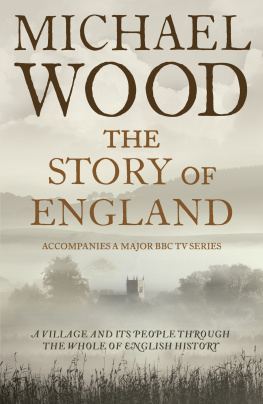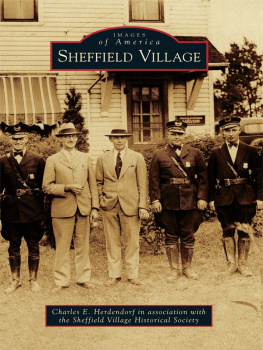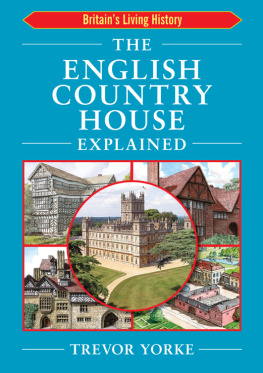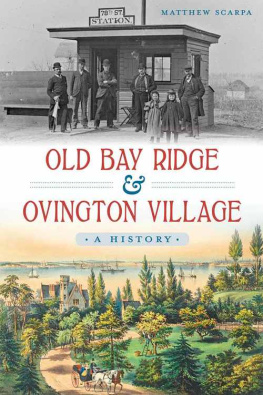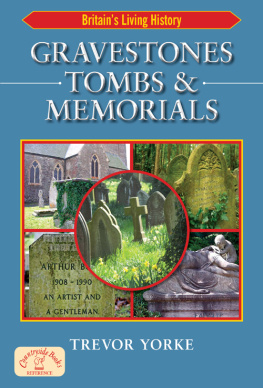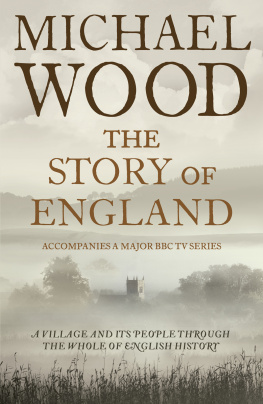
N estling amidst gently rolling hills or down leafy lanes, the English village is a timeless idyll far removed from the modern world. A rustic stone church, timber-framed houses, thatched cottages and a pub set around a village green form a familiar and potent image.
Yet this picture which we assume has been unchanged for centuries, representing traditional values in a rapidly-shifting industrial and technological world, is far from the truth. The idea was first put into our heads by paintings of rural scenes at the end of the 19th century but the charming tumbledown cottages which featured within them were recording the hardship of agricultural depression, a scene which could not change due to declining fortunes. These images, however, struck a chord and throughout the 20th century growing numbers have fled the towns and cities by bike, train and car to visit or settle in villages, many of which have now been fashioned to suit our image of a traditional rural scene rather than the demands of farming or industry for which they were probably first established.
This reshaping of settlements is just another example of change which despite our preconceptions has occurred in most villages throughout their history. What really excites me is that much of this change is still visible and with a few directions and hints you can learn to spot the clues by dating buildings and recognising features in and around the village today. By using my own drawings, diagrams and photographs, this book sets out to empower the reader to do just this.
The first section takes you on a brief journey through the history of villages, the events which could have affected them, the changes in agriculture and industry which shaped them and how they may have appeared in the four selected periods. At the end of each chapter from 2 to 5 an imaginary village illustrates the changes which may have occurred. The second part of the book looks in detail at the features in and around villages today, including fields, roads, bridges, churches, houses and the green. The illustrations highlight particular details to look for. These can help with dating and show what some mysterious bump or structure was originally used for. The final section is a quick reference guide with details on how you can set about tracing the history of a particular village in more detail, with suggested websites, books and other sources of information. There is also a list of my favourite villages which are worth visiting, with the grid reference and postcode for each.
My love of villages was born out of drawing and painting them when I was young. It was only when I had to research them for walking books that I was surprised to discover that they had a far more vibrant and interesting past than their traditional image would have you believe. I hope this book enlightens the reader in the same way and adds another dimension when you visit them, or even acts as an introduction to tracing the history of your own village.
Trevor Yorke
www.trevoryorke.co.uk
To keep up to date with new projects and to post questions, go to Trevor Yorke Author on Facebook and click Like.


FIG 1.0:One of the distinct characteristics of villages is the vernacular material from which their buildings are made, reflecting the colour and nature of the surrounding landscape. It was only with the advent of the railways and new manufacturing processes that mass-produced bricks and slates became available on a nationwide scale, heralding the demise of local materials. Some of the more distinctive types of stone and timber building are shown above. Mud mixed with straw, sand and stones, was used to build up layers and form walls in Devon, where it is known as cob, and in selected areas like Buckinghamshire where it is called witchert.
THE VILLAGE
THROUGH
TIME

 | Definition and
Origins |  |

FIG 1.1:An imaginary Saxon village on the eve of the Norman Conquest, with church and manor house in the foreground and mill and bridge at the rear. This chapter will outline what defines a village and the development of the landscape through prehistory and the Dark Ages which led up to settlements like this evolving.
What is a village?
T here seems to be no strict definition of when a settlement is large enough to become a village and yet be small enough not to be classed as a town. Should it have a church and post office before it can be referred to thus, or is a large group of houses remote from the urban sprawl sufficient? There are old settlements now stranded within cities which are still called villages and many which have been established in the last century around industrial or military bases with all the criteria but not the quaint image we expect.
Part of the problem is that over the past hundred years villages have been transformed into fashionable and desirable icons of a bygone age. Property prices have soared as those families who, four or five generations ago, deserted the country for opportunities in the industrial towns and cities now aspire to find a home back in a new rural idyll. Those who cannot afford to move there or prefer the urban life can still find themselves in housing estates or new developments on the edge of towns which are optimistically titled villages.

